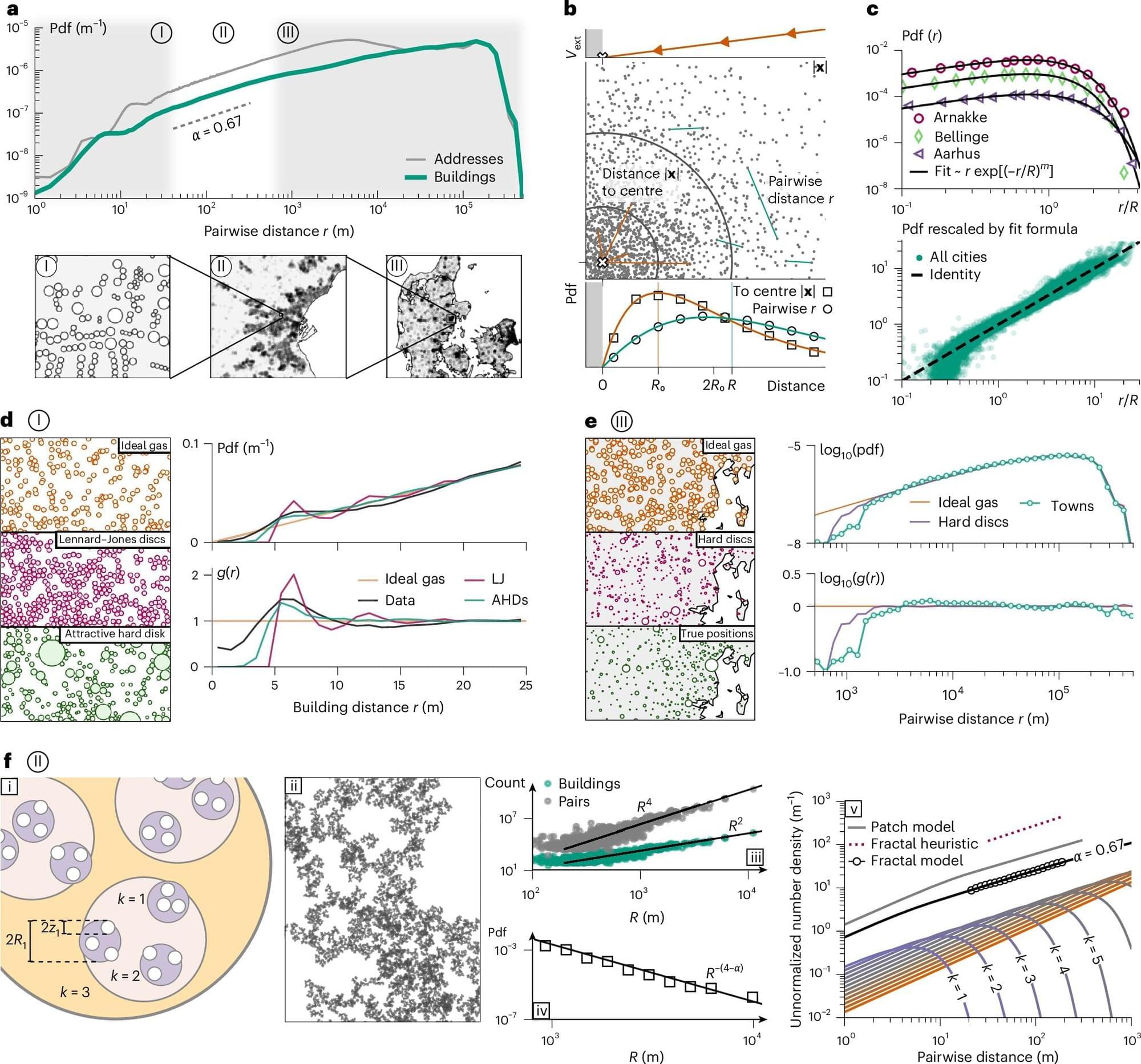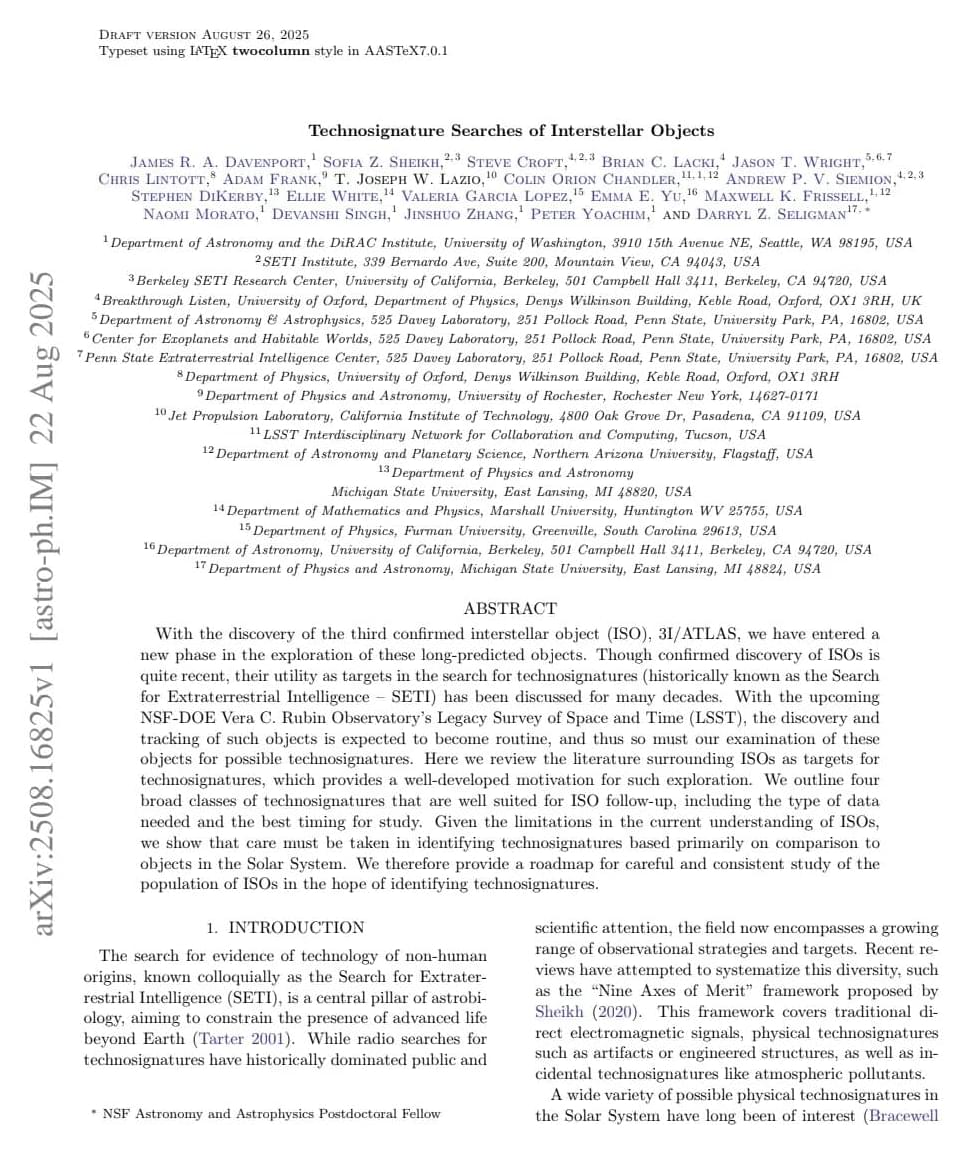In a new paper, published in Nature Human Behaviour, scientists from DTU (the Technical University of Denmark) examine how geography shapes human mobility and propose a way to separate physical constraints from behavioral patterns. A result that may improve urban planning, transportation design as well as epidemiology models.
Using 36 years of detailed residential relocation data from Denmark, which covers 39 million moves, between more than three million addresses, the researchers show that when you account for the influence of geography, the likelihood of moving decreases consistently with distance. This means, roughly speaking, that if you double the distance, the likelihood of people moving there is half. In cities, however, distance matters less.
The reader would be right in thinking this result seems obvious. But from a scientific perspective, the data describing these several million moves was anything but simple.









